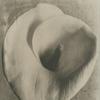Retrospective of Basque Artist Rafael Ruiz Balerdi Unveiled in His Hometown
- SAN SEBASTIÁN, Spain
- /
- June 11, 2017
The Kubo-kutxa gallery in San Sebastián, Spain, is hosting ‘Balerdi (1934-1992)’, a retrospective of Rafael Ruiz Balerdi, one of the greatest Basque artists of the 20th century. The exhibition endeavours to include the best of his work, looking at his mature periods and the techniques he favoured most: oils, pastels – known as chalks – and drawings. Curated by Javier Viar Olloqui, director until this year of the Museum of Fine Arts in Bilbao and a great expert of his work, the show is intended to be a tribute to the artist in his hometown 25 years after his death. The exhibition will run from 9th June to 24th September 2017.
The show gather 98 works, dating from 1955 until 1992, the year the artist died in Alicante following a serious domestic accident. Rafael Ruiz Balerdi, born in San Sebastian in 1934, belonged to a second generation of Basque artists who made their appearance following the civil war of 1936-1939, after the generation that had Eduardo Chillida as its most important and international figure. His painting, a work of tremendous quality thanks to his extraordinary sense of colour and illustrative talent, was immersed in the contemporary European avant-garde movements which burst onto the scene at the end of World War II, with Paris as their greatest source of creativity and dissemination.
Although Balerdi was essentially an abstract artist, he never lost interest in describing things as they really were. While his first works can be considered as belonging to what was known as lyrical abstraction, he soon turned towards an informal expression of gesture, his real starting point in developing an oeuvre of extraordinary aesthetic, complex and visionary strength.
The works come from various private collections and institutions as Kutxa Fundazioa, Artium, BBK, Diputación Foral de Gipuzkoa, Diputación Foral de Bizkaia, Basque Government, Laboral Kutxa and University of Navarra Museum. A large number of the pieces displayed come from the Museum of Fine Arts in Bilbao and the legacy of the artist deposited in the institution.
Kubo-kutxa
Zurriola 1. Kursaal.
20002 Donostia / San Sebastián

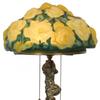
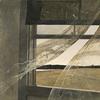



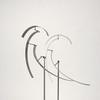


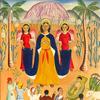



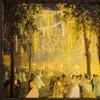
Ser100x100_c.jpg)

